Of all the rides you can take in New York, the one to equal opportunity is the most delayed. Public transportation costs, particularly the MetroCard, has increased by 20% over the past two decades. A boost in transportation costs forces low-income households to choose between going to work by train or bus or affording a meal.
However, this situation could be avoided with a proposed amendment to the current Fair Fares program that would increase the maximum income requirements by $15,000 per household.
The Fair Fares NYC website determines the current maximum income level to be eligible is $12,760 for a one-person household and increases by $4,480 per additional person in the household. If an individual who earns the exact maximum income requirement under the current plan were to buy a reduced unlimited monthly MetroCard for a one-year period, it would account for 6% of their total income.
Under the proposed change with the new maximum limit, the cost would be reduced by 3.3%. Currently, individuals earning over the maximum income level are ineligible to receive reduced fare MetroCards because the policy is only reserved for public school students, senior citizens and people with disabilities. Many households earn above the maximum income guidelines, but not enough to live a reasonable lifestyle without having to make sacrifices to incur the cost of transportation.
According to Fighting for Fair Fares, a law and policy article published in 2017, Sara Amri, a Brooklyn Law School wrote that “… between 2007 and 2015, subway and bus fares rose by 45%, six times faster than average salaries in the city.” A struggling individual cannot afford to pay for high transportation costs when their low income is already unable to cover the costs of living in NYC.
Amri added, “More than one quarter of poor, working age New Yorkers reported they were often unable to afford subway and bus fares … limiting their ability to obtain jobs and affordable housing.”
Transportation costs can severely limit low income individuals to the point where they are unable to go to work due to the costs of commuting. Upwards mobility and overall quality of life is restricted by transportation costs for low-income individuals.
For instance, “One in four low-income New Yorkers of working age reported that fare costs prohibited them from seeking medical care.” Without proper medical care, low-income individuals must decide to work while sick or forfeit a day’s pay staying home.
The maximum income limit set by the Fair Fares program would change the eligibility status of low-income households if it were to increase by an additional $15,000. In 2016, the Community Service Society published a report called the “Transit Affordability Crisis” stating that many other cities have taken similar initiatives to aid low income households with half-price discounts on peak fare costs such as Seattle, or half-price monthly passes for busses and streetcars like San Francisco.
However, a 2019 transportation infrastructure graph by Brookings Institution, a nonprofit public policy organization that depicts the share of commuters by city, ranked NY first in metro-wide transit rider share at 32% and 57% for city transit. Other cities such as San Francisco or Washington D.C. fall below 20% metro-wide and below 35% for city transit. In regard to NY, the chart proves that more people rely on public transportation, which shows the financial burden on low-income households.
Individuals who cannot afford a fare are forced to look into alternative options such as walking, fare beating or using money from another portion of their budgets to cover their transportation costs. The maximum income limit that is currently set by Fair Fares NYC is too low and hundreds of thousands of New Yorkers are struggling to make ends meet even if they just barely surpass the eligibility requirements for the program.
The policy in place currently supports over 800,000 people. However, questions arise as to why the eligibility requirements need amending and who would pay for the financial implementation. Under the proposed revised program, hundreds of thousands of low-income households can save money to improve their quality of life in other aspects.
An allocation of city budget funds or new taxes could support these revised program changes. Low-income individuals will become eligible and have peace of mind from not being able to afford another fare.




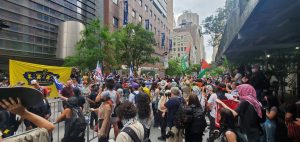

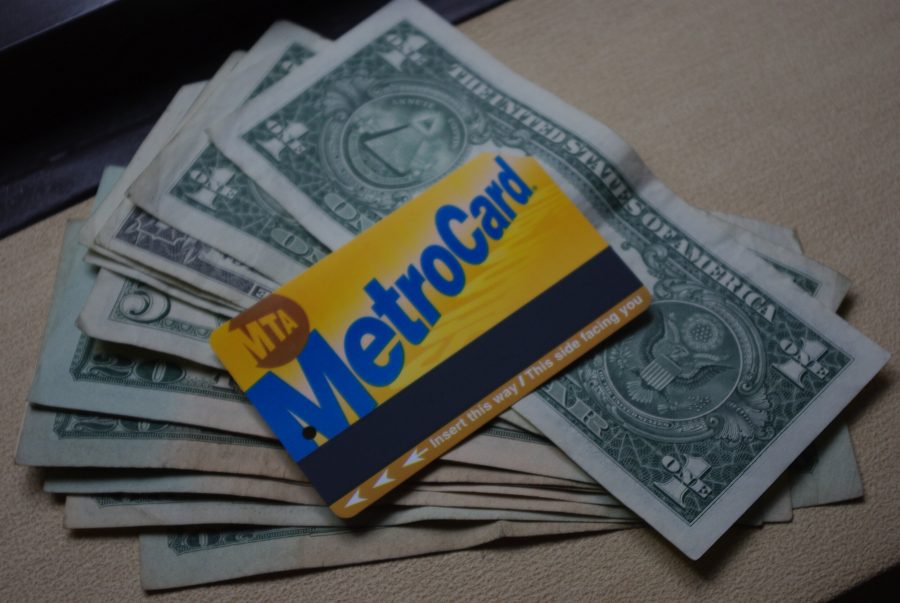
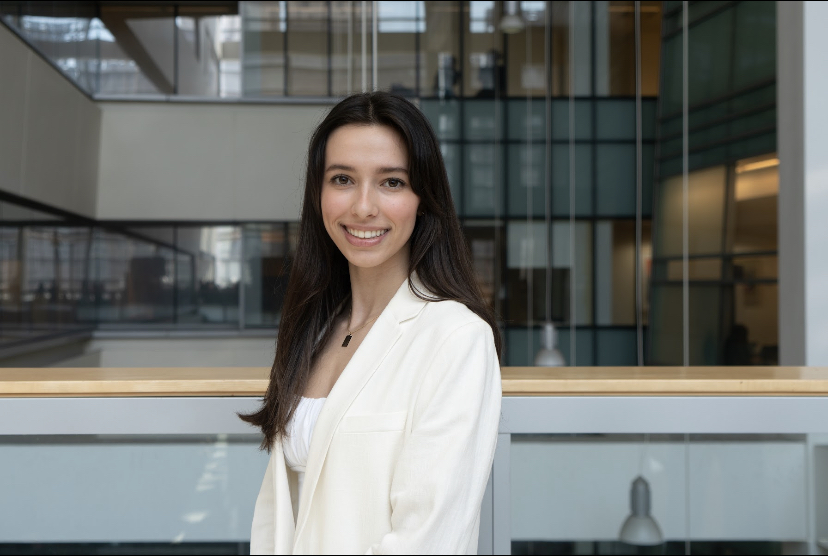
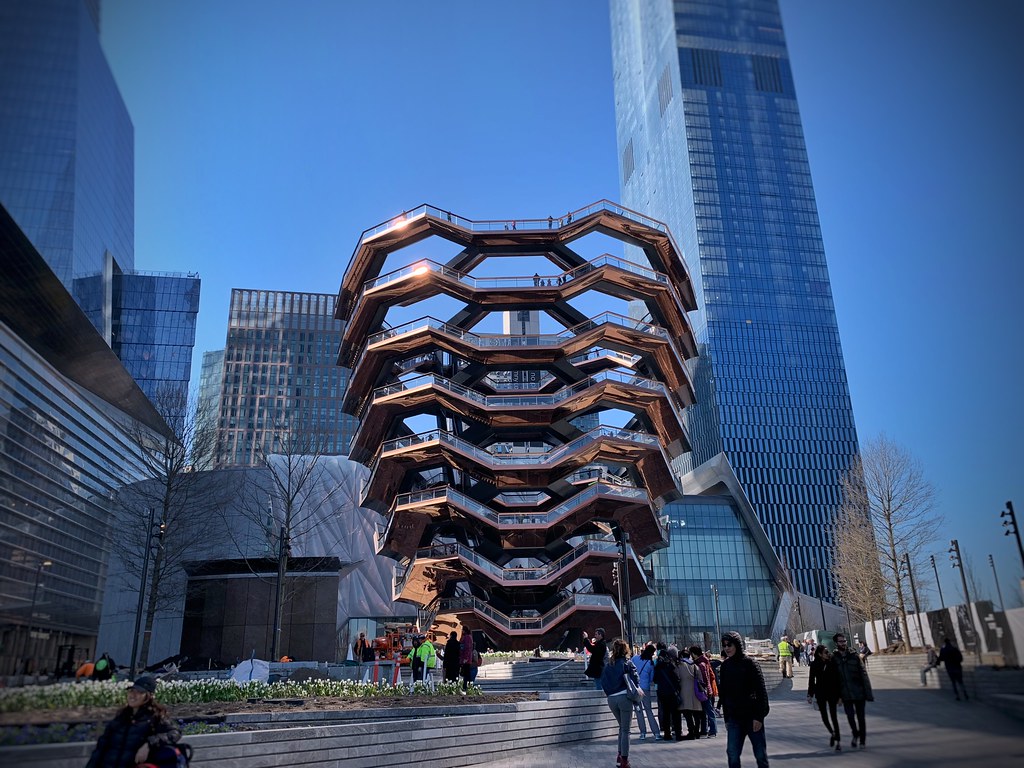
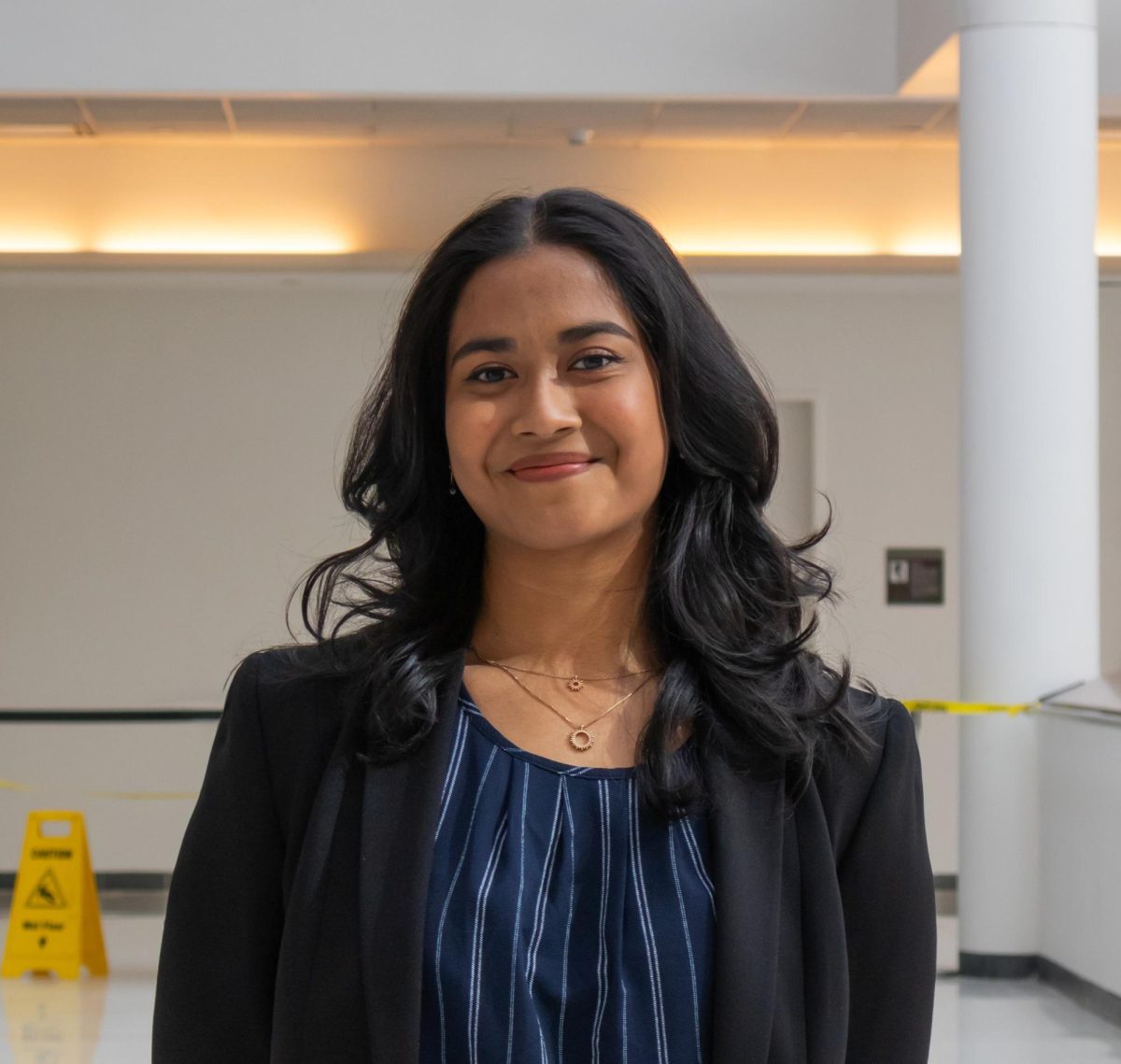
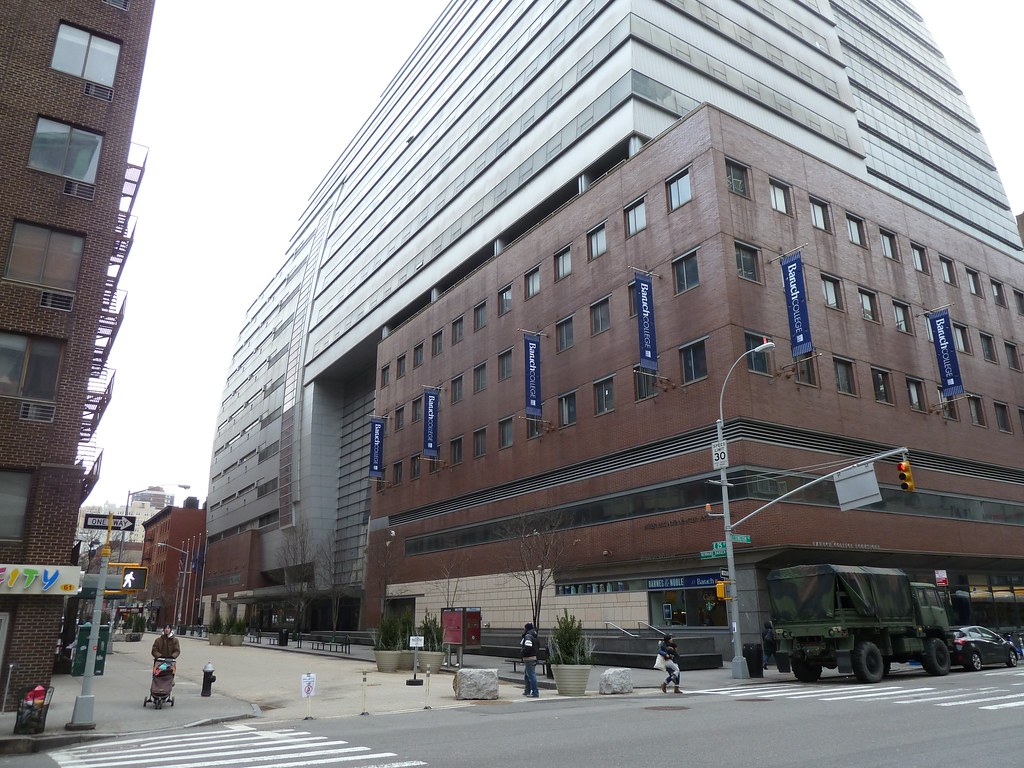
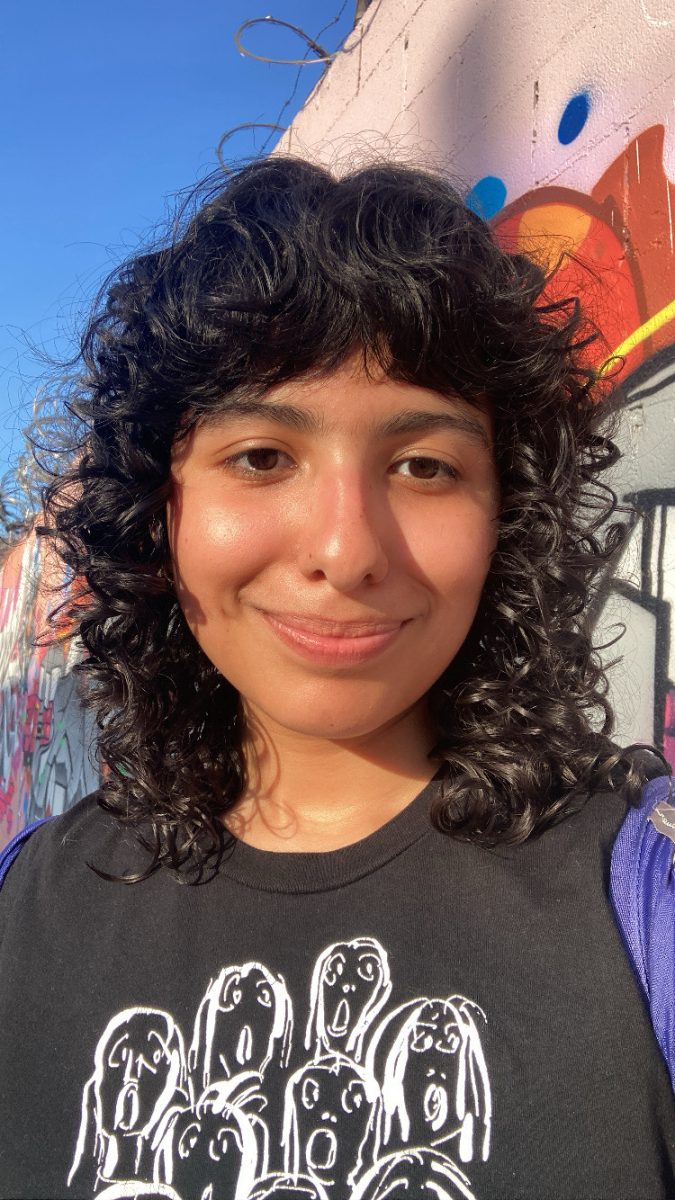
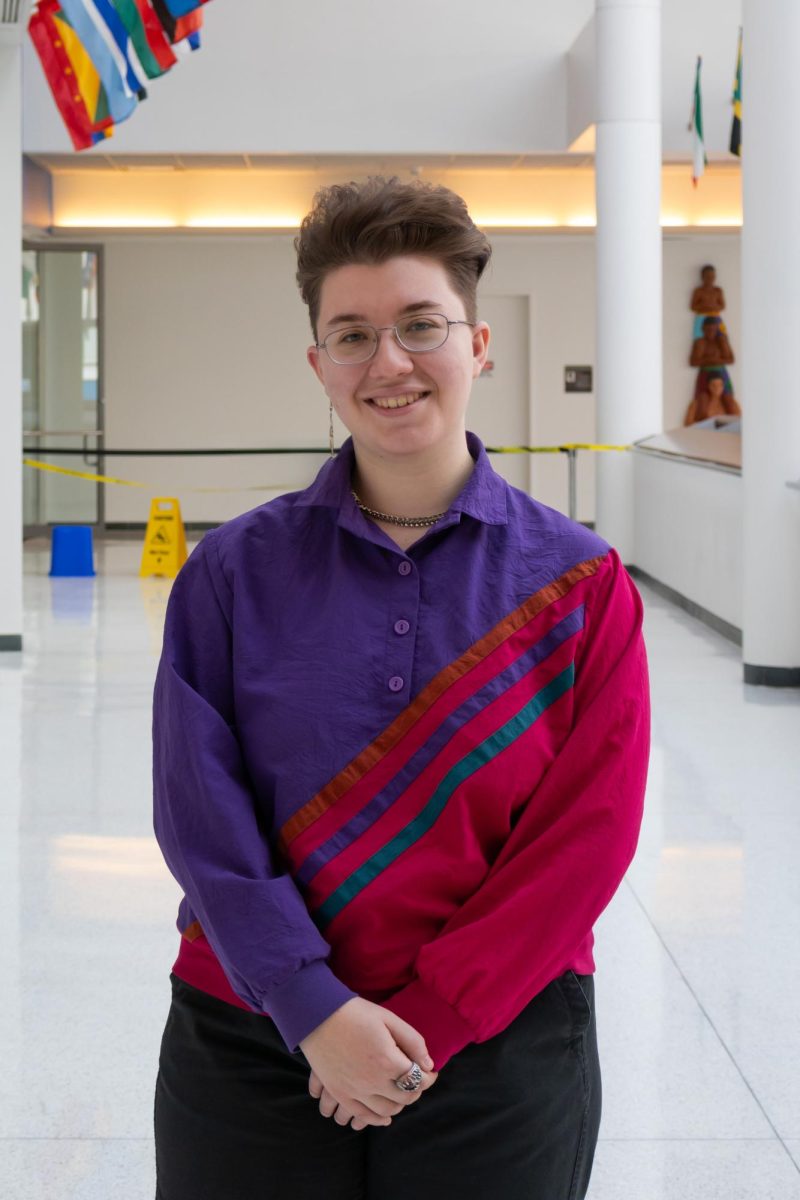
myron chaitovsky • Apr 30, 2020 at 2:18 pm
CUNY Law School and Brooklyn Law School are two separate entities. BLS is a private school, unaffiliated with the City system.